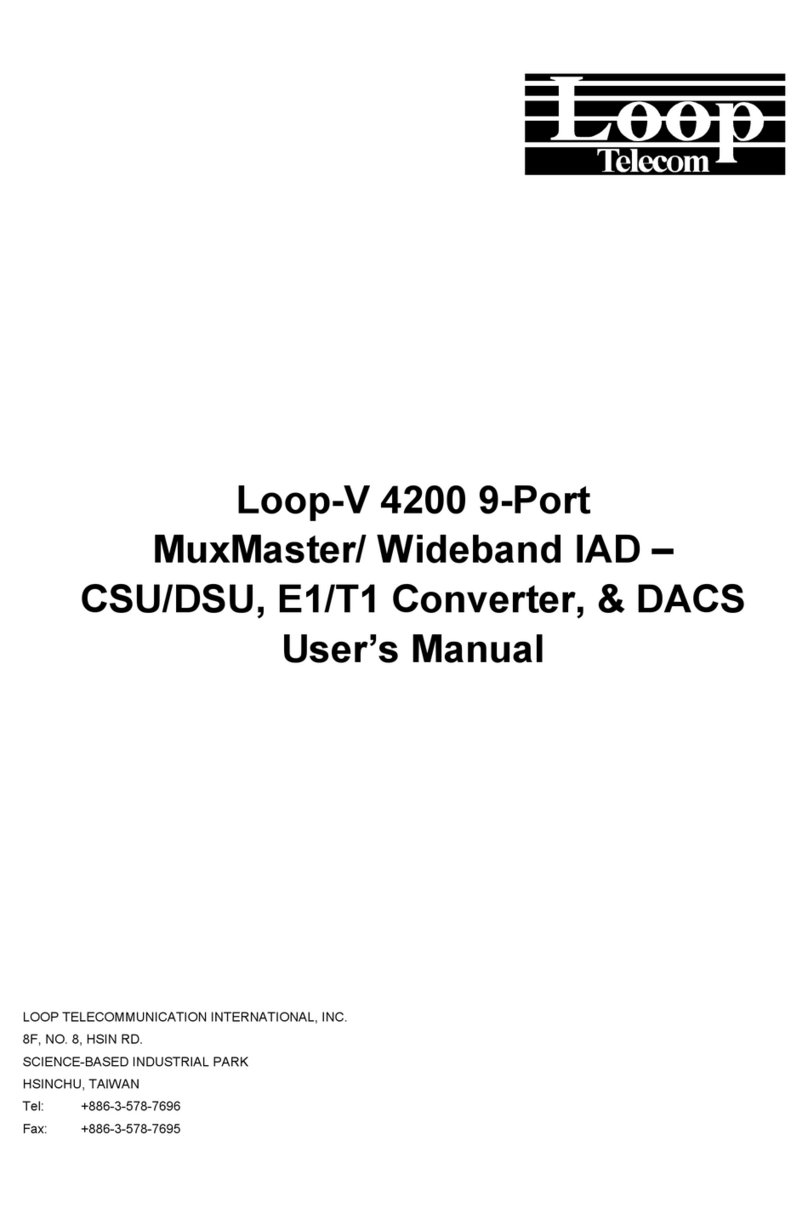
- ii -
3.6.2 Requesting Report ..................................................................................................................... 27
3.7 LED Operation .................................................................................................................................. 28
3.8 Error Messages................................................................................................................................. 28
3.9 Embedded SNMP Agent ................................................................................................................... 29
3.10 Inband Management ......................................................................................................................... 29
4. MAINTENANCE ....................................................................................................................................... 31
4.1 Self-Test ............................................................................................................................................ 31
4.2 Diagnostics........................................................................................................................................ 31
4.3 Near End Loopback - DTE................................................................................................................ 31
4.4 Near End Loopbacks - T1/ E1........................................................................................................... 31
4.4.1 Local Loopback.......................................................................................................................... 32
4.4.2 Line Loopback............................................................................................................................ 32
4.4.3 Payload Loopback ..................................................................................................................... 32
4.5 Verifying Loop-V4300 Operations..................................................................................................... 33
4.5.1 Quick Test.................................................................................................................................. 33
4.5.2 Substitution ................................................................................................................................ 33
4.5.3 Using Loopback Plugs ............................................................................................................... 33
4.5.4 Using Bert Test Set.................................................................................................................... 34
5. FRONT PANEL OPERATION .................................................................................................................. 35
5.1 Configuration Menu.......................................................................................................................... 38
5.1.1 PORT-A Configuration - Line Type T1....................................................................................... 38
5.1.2 Other Ports and Line Type E1 ................................................................................................... 41
5.1.3 Port Type V.35 ........................................................................................................................... 42
5.1.4 Master Clock .............................................................................................................................. 43
5.1.5 TSI Map...................................................................................................................................... 44
5.1.6 Save ........................................................................................................................................... 44
5.1.7 Restore....................................................................................................................................... 45
5.1.8 Console ...................................................................................................................................... 45
5.1.9 Date............................................................................................................................................ 46
5.1.10 Time ........................................................................................................................................... 46
5.2 Diagnostics Menu............................................................................................................................. 47
5.2.1 Near Loopback........................................................................................................................... 47
5.2.2 Testing Pattern........................................................................................................................... 47
5.3 Alarm ................................................................................................................................................. 48
5.3.1 Select Port.................................................................................................................................. 48
5.4 Performance...................................................................................................................................... 49
5.4.1 Select Port.................................................................................................................................. 49
5.5 Miscellaneous.................................................................................................................................... 50
6. TERMINAL OPERATIONS....................................................................................................................... 51
6.1 One Hour Performance Report ......................................................................................................... 52
6.2 Twenty Four Hour Performance Report............................................................................................ 53
6.3 Line Availability ................................................................................................................................. 53




























